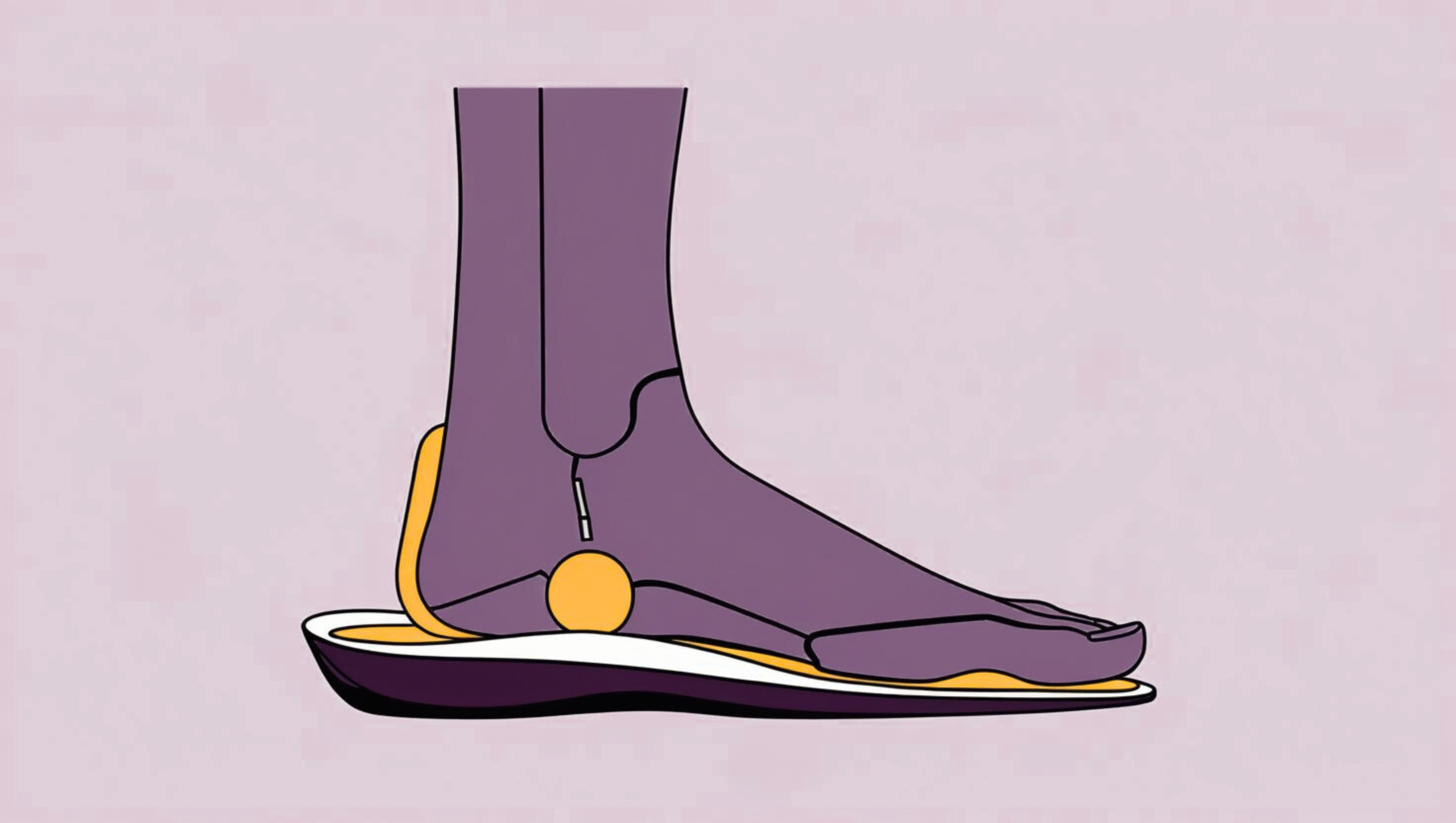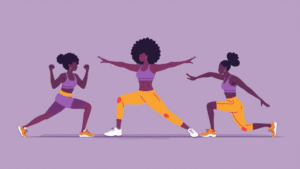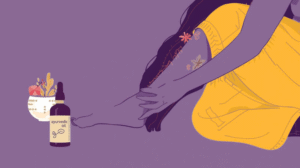Waking up to aching heels. Shuffling through the day with sore feet. Wondering if it’s just “normal” aging or something that needs fixing. Sound familiar? You’re not alone. Flat feet affect nearly one in four adults and tend to become more problematic with age. That dull, persistent pain in your arches, heels, or even lower back is not just about long hours on your feet or unsupportive shoes. It may be a telltale sign that your arches no longer work as they should. Flat feet may quietly steal your posture, balance, and joint health, leading to overpronation, muscle fatigue, and a ripple effect of biomechanical stress.
That is where arch support insoles enter the picture. They are not faddish accessories or Band-Aid solutions. They are physician-endorsed devices that provide support, alleviate suffering, and promote mobility. By helping to maintain the natural arch of your foot and spreading pressure more evenly, arch support insoles keep older adults on their feet and feeling well. Whether you’re just beginning to feel discomfort or have been experiencing flat feet for years, the right insole can make a big difference in the way you walk, move, and feel day-to-day.
What Are Flat Feet?
Flat feet, or dropped arches, happen when the arches in your feet don’t form well or fall as you get older. This causes the whole sole of your foot to press against the ground. They generally occur at birth, but others develop flat feet later when their muscles are weakened, injured, suffer from arthritis, or subjected to prolonged stress. Although flat feet do not always cause pain initially, they will certainly lead to long-term pain if not treated.
The arch also helps in the absorption of shock and dispersal of weight equally from heel to toe of the foot. In the absence of the support of the arch, pressure is increased in areas where it should not be, leading to inflammation, instability, and deformation of the structure of the lower limbs.
Common Symptoms and Long-Term Effects
Flat feet often bring more than just occasional foot soreness. Common symptoms include:
- Pain in the arch or heel
- Swelling or tenderness along the inner side of the ankle
- Overpronation, where the foot rolls inward excessively while walking
- Difficulty standing on tiptoe or balancing on one foot
- Discomfort in the knees, hips, or lower back
They can potentially influence daily mobility and lower your quality of life. Long-term complications if the flat feet are inadequately supported include plantar fasciitis, shin splints, bunions, hammertoes, posterior tibial tendon dysfunction, and even early arthritis [1].
Why Flat Feet Worsen with Age
With increasing age, the soft tissues of the foot, including the tendons and ligaments, are less functional and weaker. The weakening disables the arch to support the body weight and hold its shape. It is even worse in the case of older individuals. The natural shock absorption of the body declines, balance is difficult, and chances of joint malalignment and injury are greater. Muscle atrophy with age, reduced circulation, and bone density changes also all play a role in disturbing the mechanics of the foot. Flat feet, if untreated, are painful to stand on and lead to more sedentary behavior, which in turn causes more compromised overall health and mobility.
What Are Arch Support Insoles and How Do They Work?
Arch support insoles are inserts that one wears to give structure and alignment to flat or weak arches. They reduce the amount of stress on joints and muscles by supporting the natural foot arch. This extra support enhances comfort and balance during the day.
Types of Arch Support Insoles
Depending on your condition, you may choose:
1. Rigid Orthotics
Rigid orthotics are made of hard plastic or carbon fiber and are firm and long-lasting. They are usually custom-fitted for health care and are great at repositioning foot position and alleviating pressure from the hips and knees.
2. Soft Cushioning Insoles
They are adapted to older feet and will provide cushioning support with foam or gel padding. They are pressure-reducing and shock-absorbing, so are perfect for wear in everyday life and prolonged periods of standing.
3. Custom vs Off-the-Shelf Options
Custom orthotics are made to fit your exact foot shape and gait. Generic off-the-shelf insoles provide generic support at a lower cost but may not fit poorly affected cases [2]. The choice between them depends on your foot condition and activity level.
How Insoles Work for Flat Feet
Arch supports insoles shift the place where your foot lays, avoiding overpronation and spreading weight evenly. This aligns posture, eases joint stress, and encourages a more natural gait. They also ease pressure from inflamed tissues such as the plantar fascia and assist in minimizing leg fatigue with day-to-day movement.
What Are the Key Benefits of Arch Support Insoles?
Pain Relief for Feet, Knees, and Lower Back
Flat feet change your alignment. This affects your entire kinetic chain from feet through knees, hips, and back. Arch support insoles minimize these imbalances and relieve resulting pain [3]. They also relieve tension from strained-out muscles and joints, for daily constant ease. This relief can even decrease pain medication or physical therapy dependency in the long run.
Improved Posture and Balance
A well-supported arch is a base for standing tall and improved balance. This is particularly vital for elderly people who are more susceptible to falls and broken bones [4]. Adequate arch support will also decrease muscle tension and fatigue causing slouching. Adequate posture will also mean fewer headaches and neck pain for the users.
Enhanced Mobility and Comfort for Aging Adults
Fatigue during walking and standing is reduced by correctly supported feet. Arch support insoles will also avoid pressure ulcers and other mobility issues prevalent among elderly individuals [5]. They promote natural functioning of the foot, so that you can continue to be active with less discomfort. Increased mobility directly means increased ability to remain independent in old age.
Prevention of Foot Deformities and Falls
Flat feet can progress to deformities such as bunions, hammertoes, and calluses. By realigning the foot, insoles prevent such alterations and minimize falls. In the long term, they also slow down joint deterioration by reducing excessive stress. Prevention of deformity at an early stage can also prevent future surgery or assist devices required.
Support for Daily Activity and Exercise Longevity
From gardening strolls to morning walks, insoles enable old citizens to walk pain-free. This improves cardiovascular health, mood, and overall quality of life. Pain-free exercise also increases confidence and promotes more regular exercise. Even low-impact exercise becomes more attractive and easier to do.
Why Should Aging Adults Pay Special Attention to Arch Support?
Importance of Early Intervention in Your 30s+
Flat feet often develop quietly in your 30s and 40s. Addressing them early with arch support can prevent degeneration, chronic pain, and the need for surgery later in life.
Role of Insoles in Preventing Chronic Pain
Foot misalignment doesn’t just cause local pain. It contributes to knee osteoarthritis, hip strain, and lower back issues. Early correction with proper insoles reduces these long-term risks [6].
Combining Arch Support with Holistic Foot Care
Insoles work best when combined with regular foot exercises, proper footwear, weight management, and medical checkups. Together, these habits create a stronger foundation for aging bodies.
How Do You Choose the Right Arch Support Insoles?
What to Look for Based on Age and Activity
- Younger adults (30s-40s): Moderate arch support, firm cushioning, breathable materials
- Seniors (60+): Extra cushioning, pressure relief zones, anti-slip features, diabetic-friendly materials
- Active adults: Shock absorption, heel stability, durable base foam
Tips for Fitting and Comfort
- Make sure the insole fits snugly in your shoe without crowding your toes
- Test for arch height alignment by standing and walking
- Choose insoles with moisture-wicking properties to avoid odor and friction
When to Consult a Podiatrist or Physiotherapist
Seek professional help if:
- Pain persists despite wearing insoles
- You have diabetes or circulatory problems
- Your foot posture severely affects mobility or gait
A podiatrist may recommend gait analysis or custom orthotics tailored to your unique foot structure.
Final Thoughts
Flat feet don’t have to flatten your life. Wear the correct arch support insoles to walk with more freedom, move with confidence, and avoid long-term misery. In your 30s or retired, an investment in your foot comfort today is a step in the way of more mobility tomorrow. Ignoring early signs of discomfort only brings chronic problems later on, so minor adjustments today can be huge for your quality of life.
At betterhood, we believe that comfort doesn’t have to be complicated. Our support solutions are designed with everyday life in mind : simple, efficient, and engineered to move with you. We’re committed to the basics that count: posture, pain relief, and long-term support that simply fits into your life. Because aging well begins from the bottom up.
Frequently Asked Questions
1. Are insoles effective for aging individuals with mobility issues?
Yes, insoles improve balance, reduce pain, and enhance comfort, especially for those with arthritis, diabetes, or balance problems [7].
2. Can arch support insoles prevent knee and back pain?
Absolutely. By improving foot alignment, insoles help reduce stress on knees and lower back, preventing pain progression [8].
3. Are custom orthotics worth the investment for seniors?
Yes, especially for individuals with severe flat feet, diabetes, or gait abnormalities. They offer precise correction and long-term comfort.
4. Should I wear insoles even if I don’t have pain yet?
Yes. Early use of insoles prevents long-term damage, supports better posture, and delays age-related foot problems.
References:
- Mayo Clinic, Flatfeet. www.mayoclinic.org – [Mayo Clinic Staff, Flatfeet and Where it has been published]
- American Orthopaedic Foot & Ankle Society, FootHealthFacts. www.footcaremd.org – [AOFAS, Arch Support Insoles and Where it has been published]
- Chevalier TL et al., “The Effect of Foot Orthoses on Multisegment Foot Kinematics During Walking,” Journal of Orthopaedic & Sports Physical Therapy. www.jospt.org – [Chevalier TL, Article Title and Where it has been published]
- Menz HB et al., “Foot problems as a risk factor for falls in older people,” J Gerontol A Biol Sci Med Sci. academic.oup.com – [Menz HB, Article Title and Where it has been published]
- Burns J et al., “The impact of foot pain on health-related quality of life in older adults,” BMC Musculoskeletal Disorders. bmcmusculoskeletdisord.biomedcentral.com – [Burns J, Article Title and Where it has been published]
- Gross KD et al., “Association of Flat Feet With Knee Pain and Cartilage Damage in Older Adults,” Arthritis Care & Research. onlinelibrary.wiley.com – [Gross KD, Article Title and Where it has been published]
- Menz HB, “Foot orthoses: prescription and manufacturing practices of podiatrists in Australia,” J Foot Ankle Res. jfootankleres.biomedcentral.com – [Menz HB, Article Title and Where it has been published]
- Collins N et al., “Foot orthoses in lower limb overuse conditions: a systematic review and meta-analysis,” Br J Sports Med. bjsm.bmj.com – [Collins N, Article Title and Where it has been published]



















